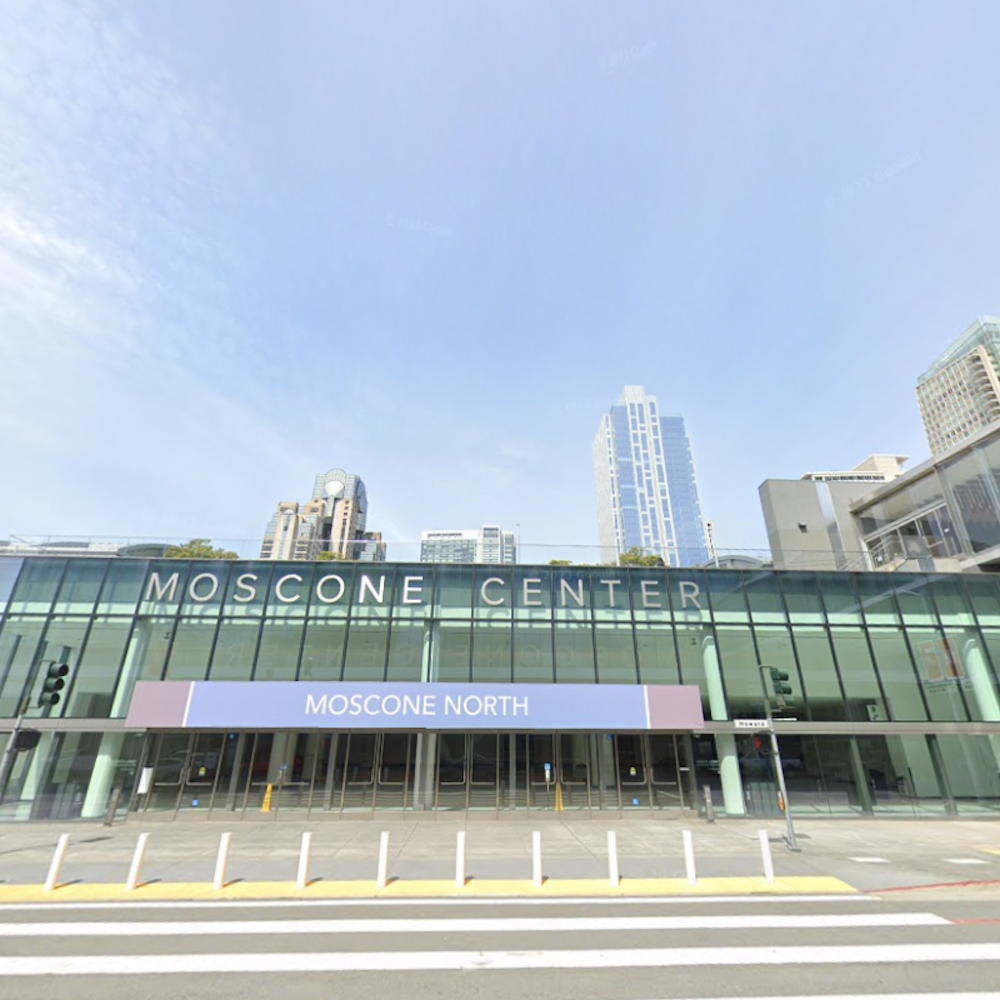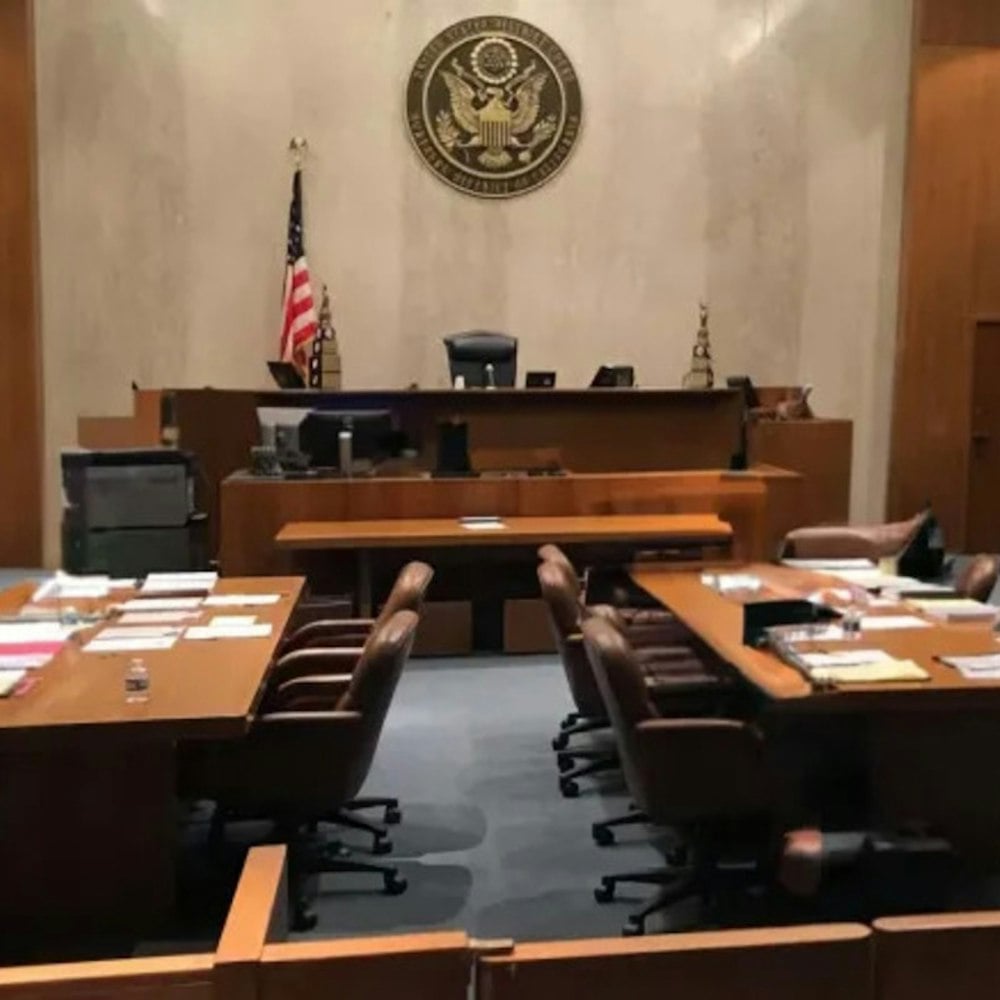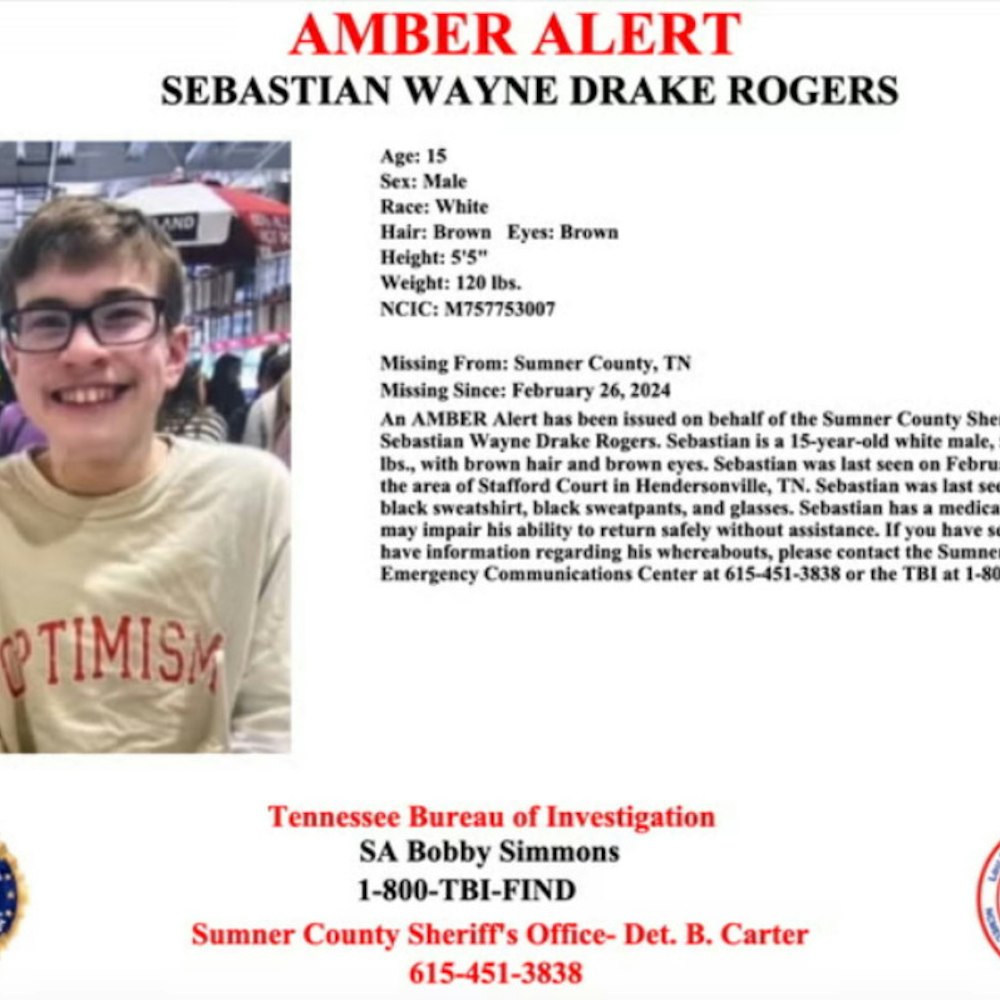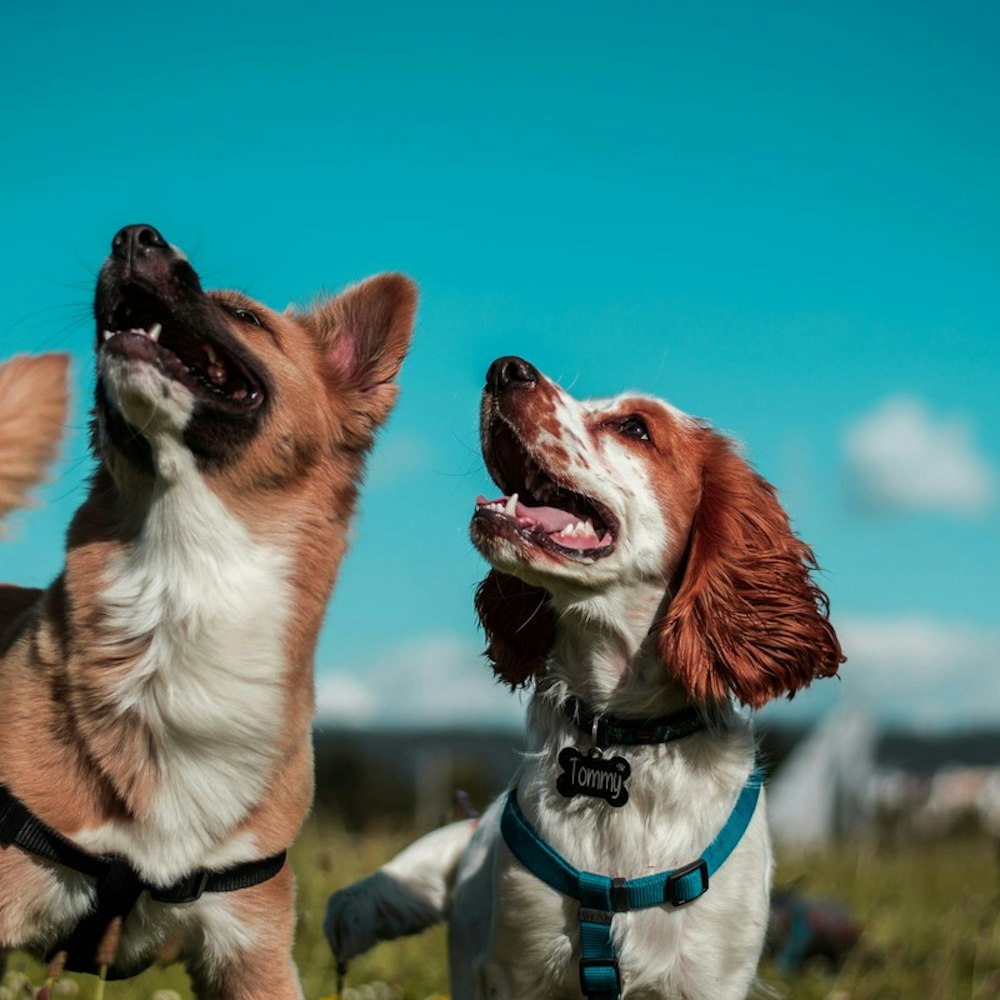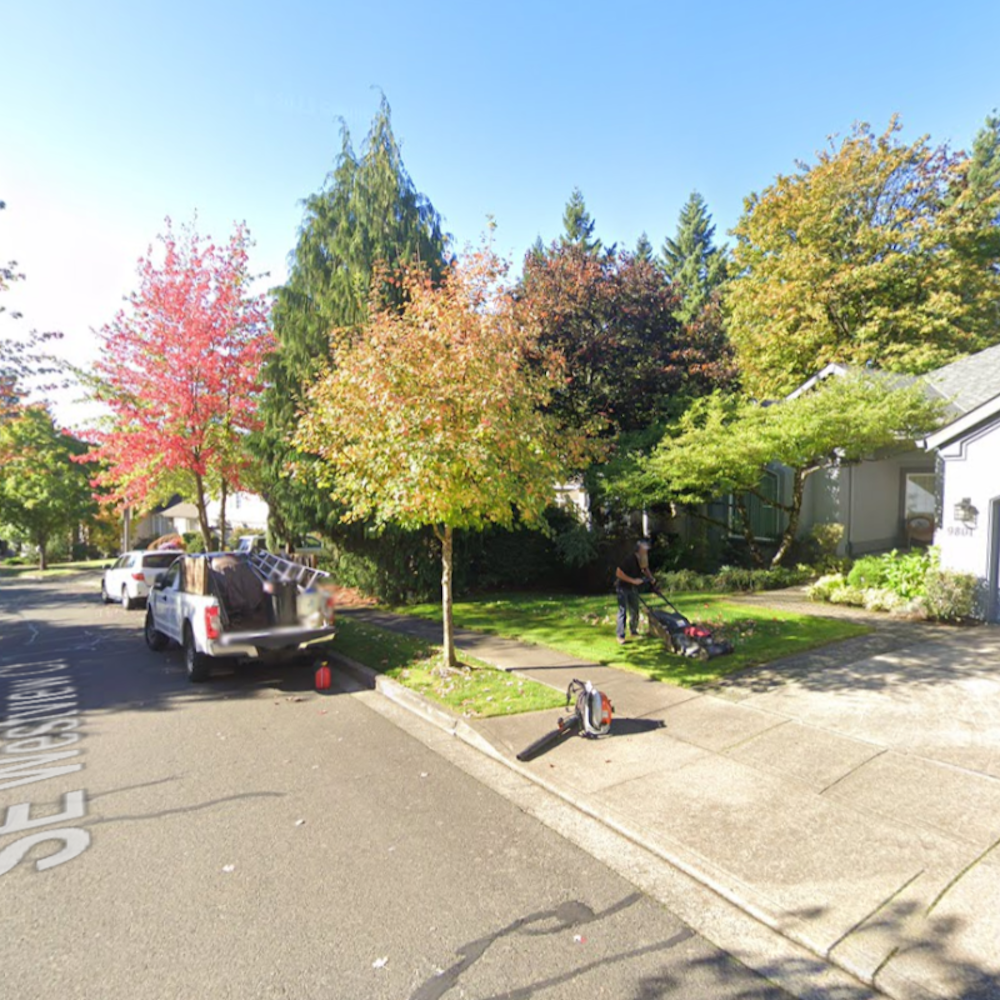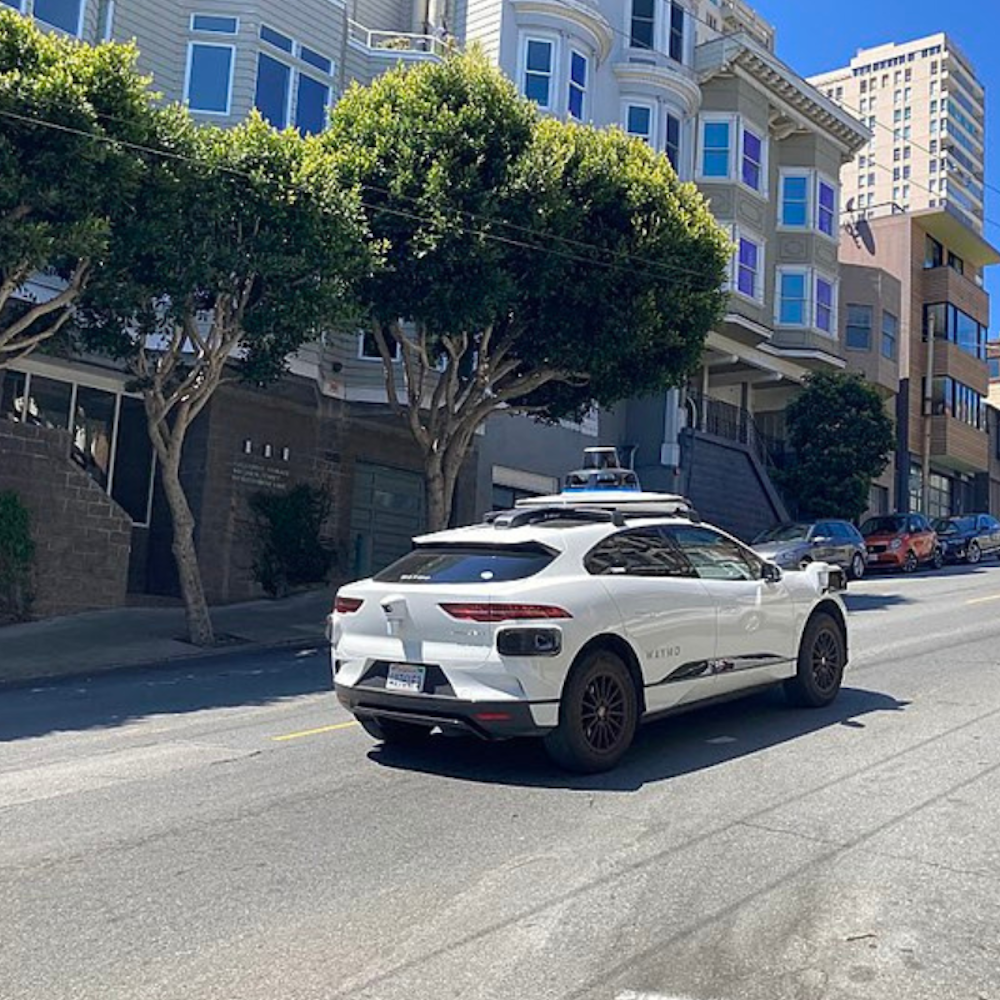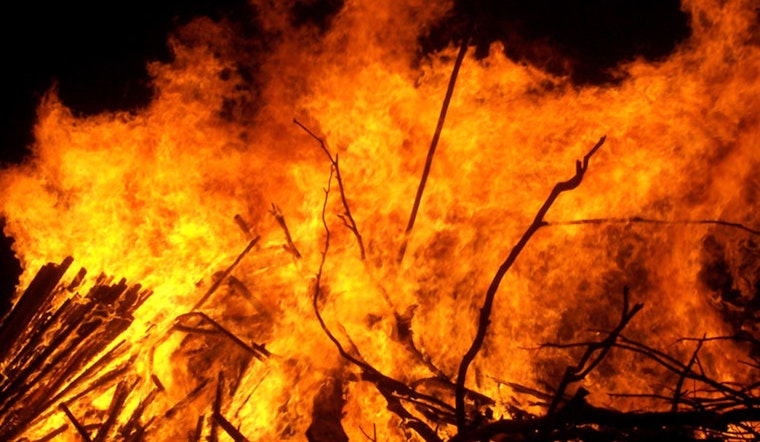
As the city of Austin braces for an increased risk of wildfires, the local fire department zeroes in on the Eastern Crescent with targeted preparedness plans. Austin, which already leads Texas in the number of "Firewise" communities, is giving its Wildfire Division new directives to bolster readiness across the board.
During an April 1 briefing, the Public Safety Commission was informed that 23 community wildfire plans have been completed and mostly put into practice. However, as Austin Monitor reported, Wildfire Mitigation Officer Justice Jones was quick to emphasize the ongoing nature of these efforts. "That doesn’t mean these communities are done," Jones stated. "That means they’ve checked off the initial list of recommendations in the plan, and now they’re going back to the drawing board and revising those plans and finding out what they need to do next to … create a fire environment that lends itself to our operational success." According to Jones, while over half of the city's high wildfire risk areas are covered by a plan, there remains 49 percent identified as "opportunity zones."
Commissioner Rebecca Bernhardt pointed out the geographical imbalance of preparedness resources, highlighting that the opportunity zones were mostly found east of the MoPac Expressway. This discrepancy is seen as "really problematic," considering that communities west of the MoPac, where homeowners associations are more common, typically exhibit better organizational capacity for wildfire preparedness. To bridge this gap, efforts are being made to engage with groups such as GAVA (Go Austin/Vamos Austin) and the city Equity Office, aiming to elevate the wildfire preparedness level across all of Austin.
Yet, concerns about reaching the most vulnerable populations remain. "I’m really concerned that this whole system relies on people reaching out to y’all," Commissioner Bernhardt conveyed, emphasizing the importance of proactive outreach to prevent catastrophic outcomes like those witnessed in past fires in Maui and Paradise, California. In response, the Wildfire Division is looking into diverse communication strategies, including the use of direct mail and leveraging existing community groups with entrenched trust in these communities. The idea is that these groups can facilitate more effective communication and preparedness dissemination.
An upcoming symposium on May 4 at the Rosewood-Zaragosa Neighborhood Center represents a potential catalyst for strengthening community relationships in wildfire preparedness. Scheduled from 10 a.m. to 3 p.m., the event is an opportunity for Austin residents to learn more about their risk of wildfire and the preparatory steps they can take to safeguard their homes and neighborhoods.
